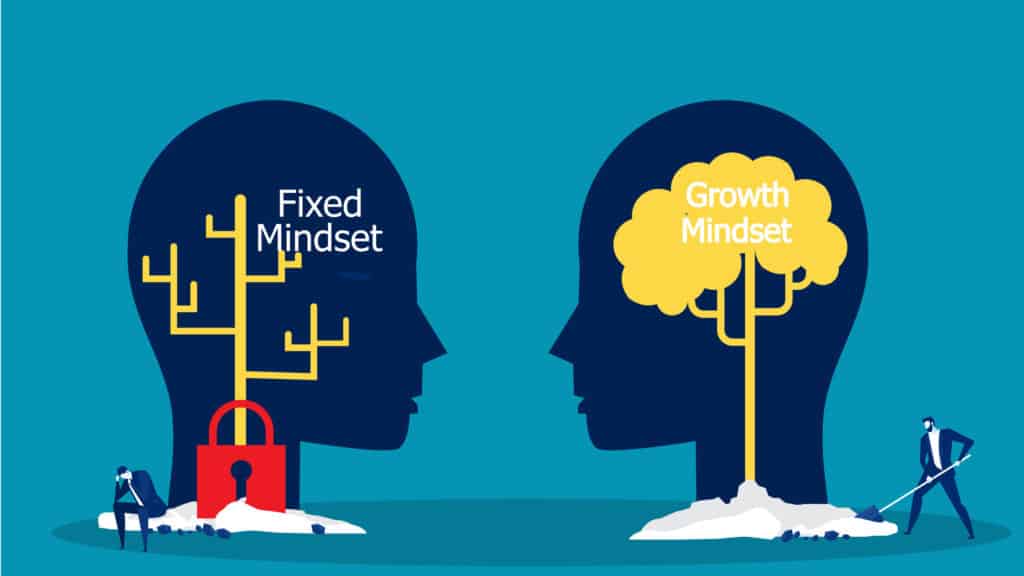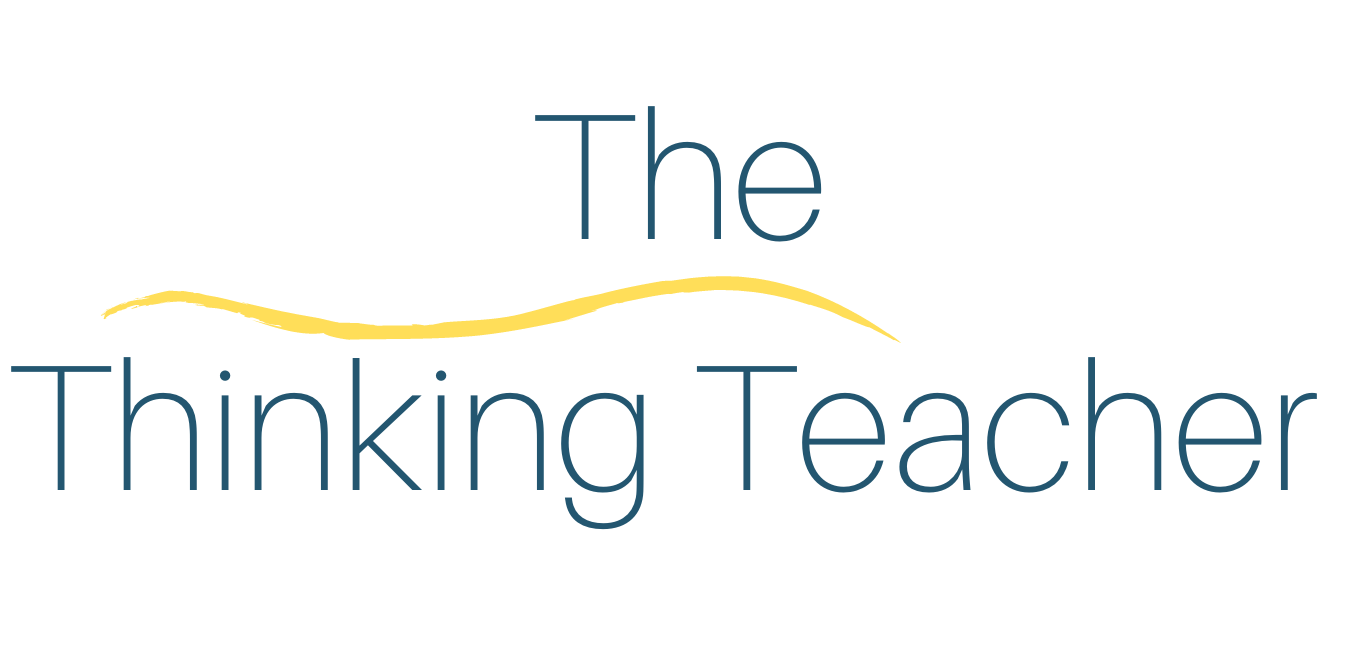Effective Strategies to Develop a Growth Mindset in Students

What is a Growth Mindset?
Carol Dweck’s growth mindset theory refers to people’s attitudes and beliefs around intelligence and how this can influence their learning behaviours. Dweck found that those with a growth mindset believed intelligence could be developed and as a result, tended to embrace challenges, try harder and generally persevere more.
In contrast, those with a fixed mindset believed that intelligence is something you are born with and cannot be changed. This led to students avoiding tasks they thought to be too challenging or giving up at the first sign of difficulty.
There are several ways to cultivate a growth mindset in students. Effective strategies include learning about the brain, embracing mistakes, valuing feedback, seeking out challenges, self-talk, focusing on the learning process and not worrying about what other people think.
So what does this look like in the classroom? As a teacher, I have found the following strategies to be the most effective in not only developing a growth mindset in students but changing a fixed mindset.
Learn about brain plasticity
According to Robinson (2017), exploring different parts of the brain with students and helping them understand the concept of Neuroplasticity is key to developing a growth mindset. When students understand the function of different parts of the brain and how neural connections are created through learning, it can empower students and help them understand the impact practice can have when learning a new skill.
There are several ways students can explore the brain. This video is useful for introducing the concept of neuroplasticity in simple terms that will be easily accessible for students.
The Open College website also has an interactive 3-D brain map that students can explore to learn about the different parts of the brain and their functions.
Embrace mistakes!
As students get older, they can conflate the idea of success with perfection. When students fall into the trap of wanting to answer every question correctly or complete every assignment with a perfect grade, they can become reluctant to take on challenges for fear of failing.
One way to tackle the perfection trap is to embrace and normalize mistakes. Explicitly discussing the idea that mistakes can help us learn and that they’re a sign that we took on a challenge can help students attempt more demanding tasks. Making mistakes should be normalized and openly discussed as learning opportunities.
As a teacher, sharing my own mistakes is a powerful way to model this message. Exploring the mistakes and failures of famous people can also be a useful strategy. Thinking about how they faced obstacles and persevered can effectively demonstrate the impact of a growth mindset.
Valuing feedback
Feedback is a crucial part of learning whether it be a coach giving feedback on the football pitch or feedback about a writing assignment. Students with a growth mindset don’t view feedback as criticism but recognize that the more feedback you receive, the more progress you can potentially make.
I have found the acceptance of feedback to be something students struggle with most. Teachers can give thoughtful and insightful feedback but if the student doesn’t accept it, it’s likely to have little impact on their learning. As with normalizing mistakes, explicitly discussing the value of feedback and doing this regularly is key to helping students develop a growth mindset. When students take on feedback and make improvements to their work, take the time to celebrate this and help them recognize how the feedback positively impacted their learning.
When students fully realize the value of feedback, they will actively seek it out and learn to ask for advice and help independently.
Focus on the process
When attempting to cultivate a growth mindset, Dweck emphasizes the importance of valuing the process rather than the result. Rather than praising a student for getting all the answers in a test correct, she suggests focusing on how well the student persevered or the strategies they successfully used. Dweck also recommends having discussions with students about tests and helping them understand that tests do not measure a students intelligence or their potential but is rather a snapshot of their understanding at that moment.
I have found this strategy to be particularly useful in my own classroom. Following a test or assignment, I will sit with a student and work with them to identify any misconceptions they have and to evaluate the success of particular strategies they used. Such conversations shift the focus to the process and their level of effort rather than the number of correct answers. By shifting the focus to the process, students feel empowered as they understand what they need to do next time to succeed.
Students with a growth mindset also tend to feel less anxious about tests as they understand that one test does not define their intelligence or what they are capable of.
Seeking challenges
A key indicator of a student with a growth mindset is how they respond to challenges. Those with a growth mindset understand that to continue learning they need to be challenged. They tend not to get overwhelmed or discouraged when they feel stuck or are unsure of how to proceed. Furthermore, they will often choose tasks that are challenging for them and enjoy being pushed.
One way to help students embrace challenges is to provide them with options and allow them to select the level of difficulty. By providing students with a selection of tasks and making it clear which ones are more demanding, students can begin to challenge themselves at their own pace. Using a star or chilli rating system allows students to appropriately select tasks. I can see when a student is beginning to develop a growth mindset because they start attempting tasks that they would not have at the beginning of the year.
Self-talk
A key difference between a student with a growth mindset and a student with a fixed mindset is how they talk to themselves when faced with a challenge. Students with a fixed mindset will often feel defeated and assume the reason they are struggling is because they are not smart enough. In contrast, those with a growth mindset focus on what they can do to overcome the hurdle. Here are some questions that students can be encouraged to use when they come across a challenging task;
- Which part do I not understand?
- What tools can I use to help me?
- What question can I ask to help me understand this better?
- What strategies have we already learned that I can use here?
- What does this remind me of that I have already done?
- What strategies have other students used?
Having these questions displayed and asking students to add to the list throughout the year is a great way to encourage students to try and help themselves. They may not always be successful but the goal is to help students understand that when they face a challenge they should be proactive in trying to find a solution. The first thought of a student with a growth mindset when feeling stuck is more likely to be what can I do to overcome this problem? rather than, I can’t do this.
Worrying about what others think
Just as with the perfection trap, it becomes obvious that as students get older they become increasingly self-conscious and reluctant to ask questions in front of their peers. Not wanting to appear unintelligent often results in students not asking questions that could resolve a misconception or clarify an instruction. I have found that students who care less about what their peers think tend to approach new tasks with greater enthusiasm, engage in more conversations about their learning, ask more questions when something is unclear and pay less attention to what those around them are doing.
A key component of developing a growth mindset is recognizing that it takes time and that these strategies will have to be discussed explicitly and regularly. Simply introducing these concepts once is likely to have little long-term impact.
Furthermore, it is worth considering what implicit messages we as educators are sending around what it means to be successful, the value of test scores, and what we praise students for. Developing a growth mindset not only takes time but requires continuous effort.
Key Takeaways
- Those with a growth mindset believe intelligence can be developed and as a result, embrace challenges, try harder, and generally persevere more.
- Those with a fixed mindset believed that intelligence is something you are born with and cannot be changed.
- Teaching students about neuroplasticity can help them understand the value of effort and practice.
- Embrace and normalize mistakes.
- Encourage students to value feedback.
- Allow students to select the level of difficulty for tasks and encourage them to take on challenges.
- Empower students to be proactive when faced with a challenge; what can I do to overcome this problem?
- Encourage students to ask questions and worry less about how they are perceived by their peers.
References
ROBINSON, CHESKA. “Growth Mindset in the Classroom.” Science Scope, vol. 41, no. 2, National Science Teachers Association, 2017, pp. 18–21, http://www.jstor.org/stable/26387192.
“MINDSETS: HOW TO MOTIVATE STUDENTS (AND YOURSELF).” Educational Horizons, vol. 91, no. 2, [Sage Publications, Ltd., Phi Delta Kappa International], 2012, pp. 16–21, http://www.jstor.org/stable/42927161.
